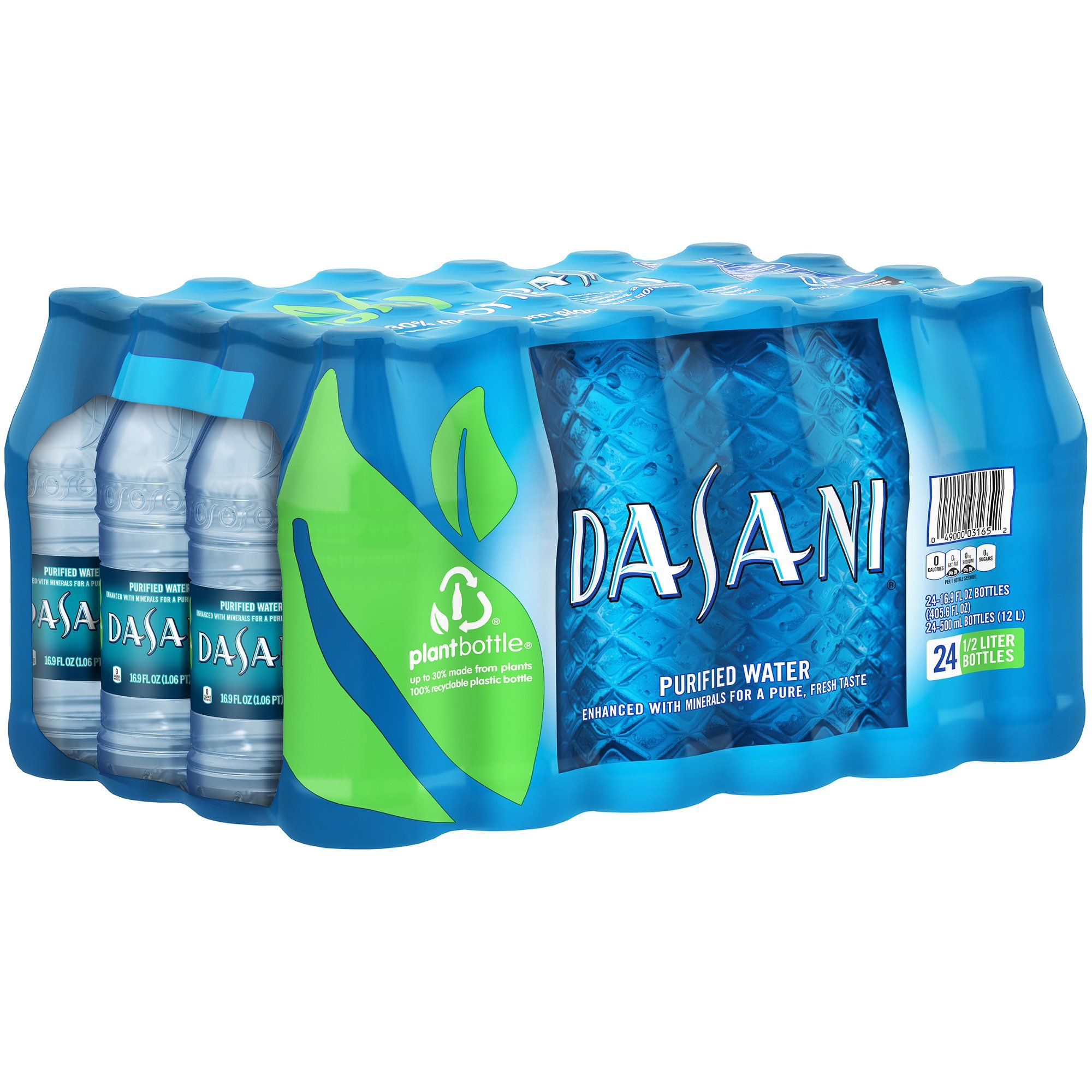This week, a study of eleven popular water bottle brands revealed microplastics are pervasive in packaging around the world. Though this may be unsurprising considering the widespread use of plastics, Coca-Cola admitted the possibility that their water products contain synthetic materials.
The research was commissioned by Orb Media, a non-profit journalistic organization, and conducted by researchers at the State University of New York. International brands tested included Nestlé Pure Life, Evian, San Pellegrino, Dasani (owned by Coca-Cola), and Aquafina (owned by Pepsi), and overall, the results indicated there were microplastics in 93 percent of the bottles tested.
Nestlé clocked the highest rate of microplastics per liter, with a high of 10,390 particles per liter (ppl). By comparison, the average for all brands tested was 325 ppl. Dasani aligned with the average, coming in at 335 ppl. Aquafina was at 1,295 while Evian and San Pellegrino had smaller amounts than the average (256 and 75, respectively). National brands had significant rates, including Aqua of Indonesia (4,713), Bisleri of India (5,230), and Epura of Mexico (2,267).
Related: How to Detox From Plastics and Other Endocrine Disruptors
Of the 259 bottles tested from 19 locations in nine countries, only 17 were entirely free of microplastics.
Though Nestlé had the highest rate of plastics, the company disputed the findings. In a statement to the BBC, they said “its own internal testing for microplastics began more than two years ago and had not detected any ‘above trace level,’” the outlet reported. “A spokesman added that Prof Mason’s study missed key steps to avoid ‘false positives’ but he invited Orb Media to compare methods.”
Despite Nestlé’s skepticism of the results and the valid caveat that the study has not been peer-reviewed, Andrew Mayes, a senior lecturer in chemistry at the University of East Anglia — and the developer of the Nile Red method the researchers employed — generally approved of the methods.“This is pretty substantial,” he said. “I’ve looked in some detail at the finer points of the way the work was done, and I’m satisfied that it has been applied carefully and appropriately, in a way that I would have done it in my lab.”
Related: Drinking Bottled Water Means Drinking Microplastics, According To Damning New Study
Coca-Cola seemed more willing to admit the possibility that microplastics are widespread in water — even in their own product. As the BBC noted, the company “said it had some of the most stringent quality standards in the industry and used a ‘multi-step filtration process.’” But it, too, acknowledged that microplastics “appear to be ubiquitous and therefore may be found at minute levels even in highly treated products.’”
Like Nestlé, Pepsi appeared to shirk the issue. They cited “rigorous quality control measures sanitary manufacturing practices, filtration and other food safety mechanisms which yield a reliably safe product.” They described the study of microplastics as “an emerging field, in its infancy, which requires further scientific analysis, peer-reviewed research and greater collaboration across many stakeholders.”
This is true, at least to some extent. Experts are not sure that microplastics can cause harm to human health. According to Bruce Gordon, coordinator of the WHO’s global work on water and sanitation:
When we think about the composition of the plastic, whether there might be toxins in it, to what extent they might carry harmful constituents, what actually the particles might do in the body – there’s just not the research there to tell us.
The findings published by ORB have prompted a WHO investigation, though Gordon continued:
We normally have a ‘safe’ limit but to have a safe limit, to define that, we need to understand if these things are dangerous, and if they occur in water at concentrations that are dangerous.
According to Sherri Mason, who oversaw the research:
What we do know is that some of these particles are big enough that, once ingested, they are probably excreted but along the way they can release chemicals that cause known human health impacts.
Some of these particles are so incredibly small that they can actually make their way across the gastro-intestinal tract, across the lining and be carried throughout the body, and we don’t know the implications of what that means on our various organs and tissues.
Though the health consequences are still unclear, Orb’s findings further highlight the ramifications of unmitigated plastic use. As Mason said of the recent water bottle findings:
We found [plastic] in bottle after bottle and brand after brand.
It’s not about pointing fingers at particular brands; it’s really showing that this is everywhere, that plastic has become such a pervasive material in our society, and it’s pervading water – all of these products that we consume at a very basic level.
An analysis conducted last year, also commissioned by Orb, found microplastics are present in tap water from over a dozen countries. They are also widespread in oceans around the world.
